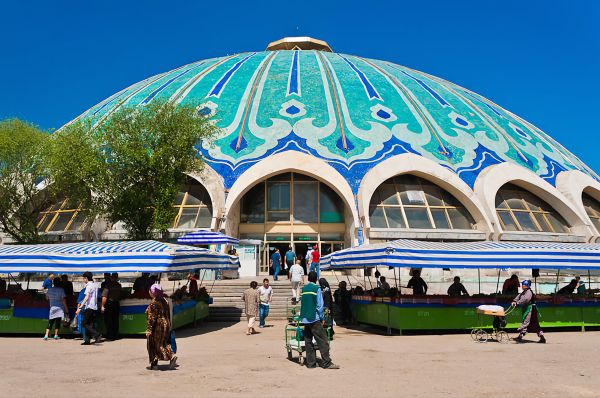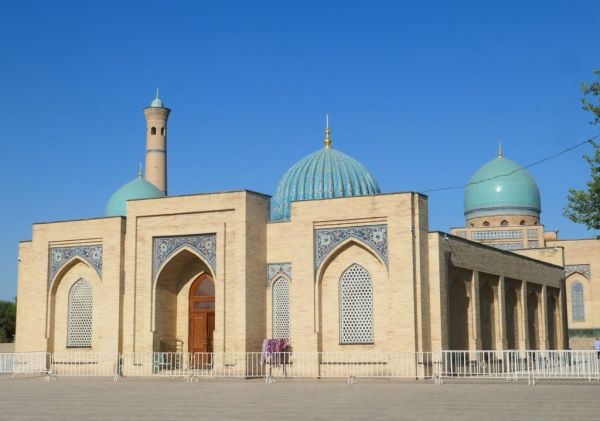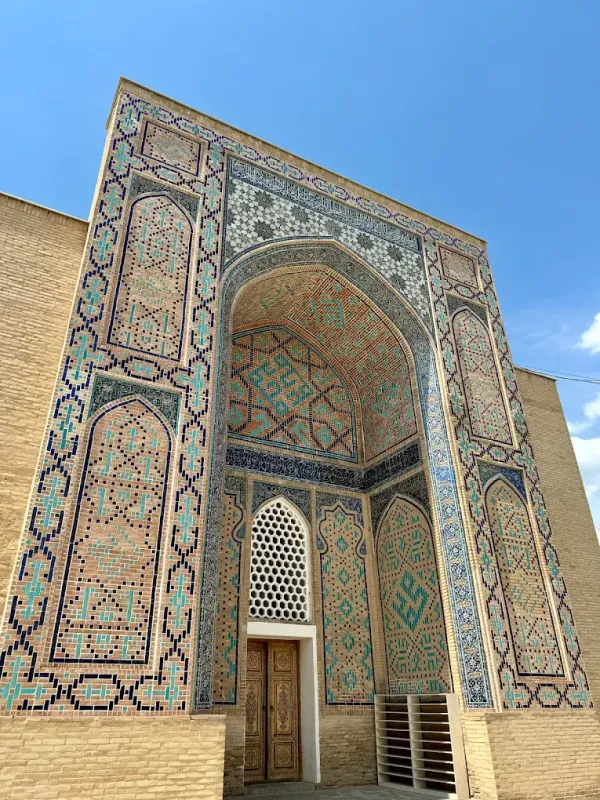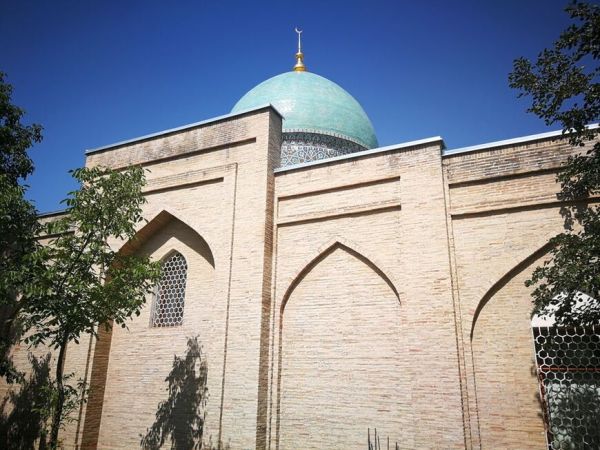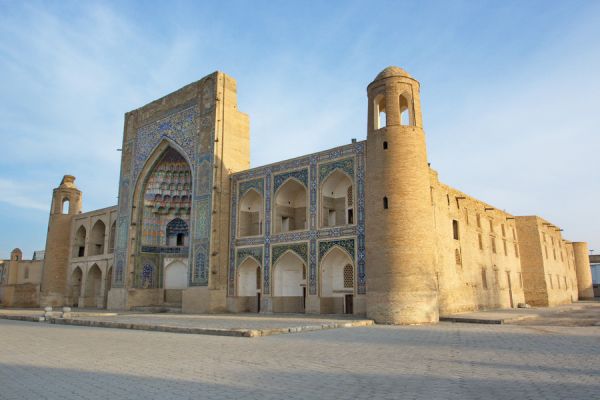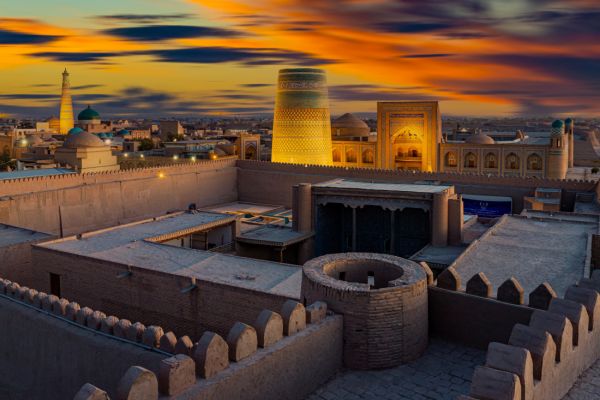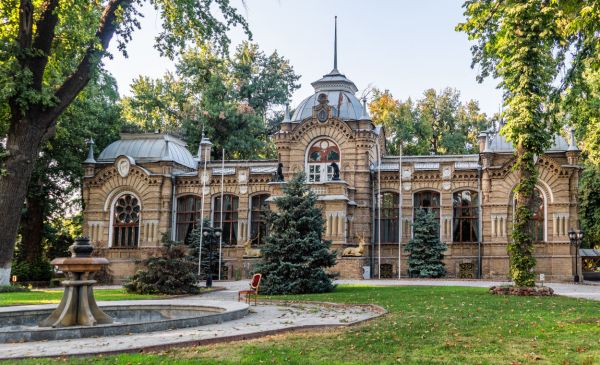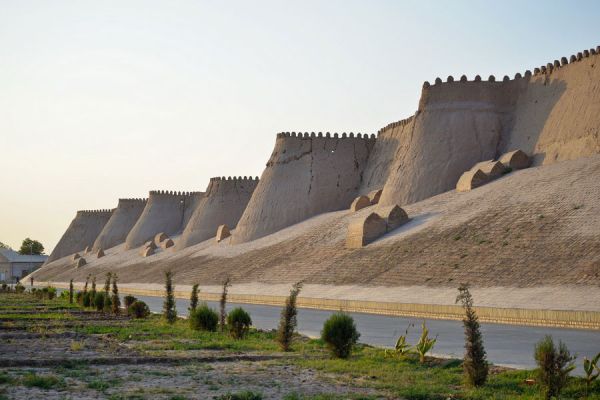The ancient settlement of Shashtepa
A small section of the old Yangiyul road - from junction 54 to the bridge over the Jun Canal - is called Chashtepinskaya. It owes its name to the Shashtepa hill, located on the left side.
People are used to Shashtep. He's always been here. But few people thought until recently that there were traces of many events thousands of years ago in the depths of this hill. Studies of the Shashtepa hill have established that this is the remnant of a once vast settlement with a high fortress citadel. Modern construction has drastically reduced its area. It consists of a citadel hill with a height of 16 meters and two settlements. The first is adjacent to the citadel, the remains of the second settlement can be traced on the other side of the flowing Juna. Archaeologists have managed to compile a description of the layers, having previously studied the accumulated remnants of human cultural activity over the centuries.
Cultural accumulations on the hills make up a twelve-meter layer. The earliest cultural layer was located on loess soil and belonged to a settlement of the settled Burguluk culture, which had not previously been found within Tashkent. Its name is associated with the discovery made by the famous archaeologist Alexei Ivanovich Terenozhnin on the shore of the Burgulyuksay in the Akhangaran valley. He found some objects there: tools, sickles, weapons - knives, daggers, arrowheads, ceramic dishes.
As a result of further searches on the territory of Shash, the same objects were found, which led archaeologists to discover the Burgulyuk settlements on the shores of the Tashkent Sea. The water-washed earthen dwellings with dishes, grain remnants, animal bones, and household items further convinced us that these groups were agricultural.
The inhabitants of the settlement of the same culture settled near the Jun Channel, the water surface of which was almost at the level of the banks, which made it possible to easily divert water to the fields. These first farmers in Tashkent lived in semi-dugouts with frame walls and light floors.
One family lived in each dugout, equipped with a fireplace and pits for grain supplies. The inhabitants used round-bottomed clay dishes, which were made by hand on a cloth template. The vessels were painted and fired. The Burguluk people sowed barley and soft wheat, cultivating the land with stone hoes, and harvesting with bronze sickles. The grain was ground into flour using stone grain grinders. Residents of the Shashtepe settlement were also engaged in domestic cattle breeding, raising large and small cattle and pigs. Horses, donkeys and camels were used in the farm. The Burguluk people cast knives, sickles, arrowheads and other items from bronze in stone molds. In addition to bronze, they began to develop iron, producing tools from it. Weaving was widely developed. Fine and coarse-wool fabrics were produced from wool and jute fibers. There is no information about the use of cotton fiber during this period. The Burguluk people worshiped the forces of nature and fertility. This society was at the stage of patriarchal-communal relations.
Margarita Ivanovna Filanovich, head of the Tashkent archaeological team, says: "The significance of Shashtep's research for science is that the Burgulyuk culture was discovered here in the lower cultural deposits at a late stage of its development; secondly, due to continuous stratigraphy ("stratigraphy" is the Greek word: "strata"-layer, "grapho"-I write, I describe) here you can observe a gradual change of cultures, see how the Burgulyuk culture is replaced by the Kaunchin culture under the influence of the cultures of neighboring tribes. Now there is no need to search for the ancestral homeland of the Kaunchin culture."
This made it possible to clarify the time limits of the existence of a settled agricultural culture. Archaeologists date its early stage to the 9th-7th centuries BC. By this time, in many areas of Central Asia, foci of ancient agricultural crops had already been discovered, a characteristic feature of which was the manufacture of painted ceramics, i.e. the decoration of household vessels with red geometric ornaments. They dated back to the end of the second and the beginning of the first millennium BC.
A ring defensive wall was discovered in this monument. Built of mud bricks alternating with a layer of pakhsa, it has a width of more than four meters, a height of three meters and sixty centimeters and can be traced for 60 meters. Archaeologists believe that this wall has existed for a long time and has been rebuilt more than once. According to scientists, it was built according to all the rules of fortification art and is undoubtedly a confirmation that no later than 2,200 years ago, the first urban planning experiments in Tashkent can be attributed.


